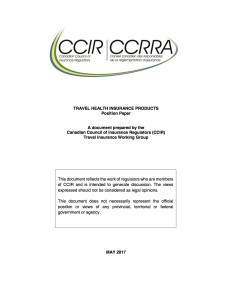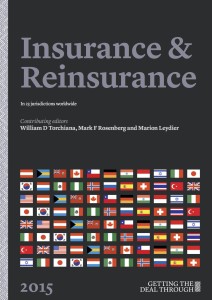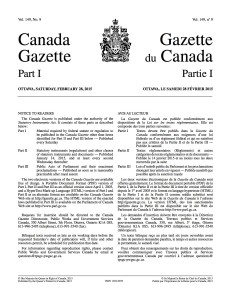The Forfeited Corporate Property Act, 2015 (the “FCPA”) is a new Ontario statute that came in force on December 10, 2016 and made changes to the law regarding forfeited personal and real property following the dissolution of a corporation. As part of such changes, the FCPA imposed certain amendments to the Ontario Business Corporations Act (the “OBCA”) and Ontario Corporations Act that relate to new record-keeping obligations for both, new and existing Ontario corporations. Below, we are focusing on the amendments to the OBCA. These amendments are likely intended to make it easier for the Province of Ontario to locate the assets of dissolved corporations and assist the Province to use or sell any forfeited property.
1. Register of interests in land in Ontario and supporting documents
A new section 140.1 has been added to the OBCA. Subsection 140.1 (1) provides that:
“A corporation shall prepare and maintain at its registered office a register of its ownership interests in land in Ontario.”
The OBCA does not define the term “ownership interest”. However, it has been suggested that the phrase extends to both legal and beneficial interests in land. Such register shall identify each property and show the date the corporation acquired the property and, if applicable, the date the corporation disposed of it.
In addition, corporations are required to keep supporting documents with the property register, such as a copy of any deeds, transfers or similar documents that contain any of the following with respect to each property listed in the register:
1. The municipal address, if any;
2. The registry or land titles division and the property identifier number;
3. The legal description; or
4. The assessment roll number, if any.
The wording of the new section 140.1 suggests that these new requirements do not extend to ownership interests situated outside Ontario and to other Canadian corporations (incorporated federally or in any other Province, except Ontario), even if they hold ownership interests in land in Ontario.
2. Timing of Compliance
The amendments to the OBCA come into force on December 10, 2016 and apply immediately to all corporations that are incorporated or continued under the OBCA on or after such date. Corporations that were in existence before December 10, 2016 should be aware that the same law will apply to them as of December 10, 2018.




